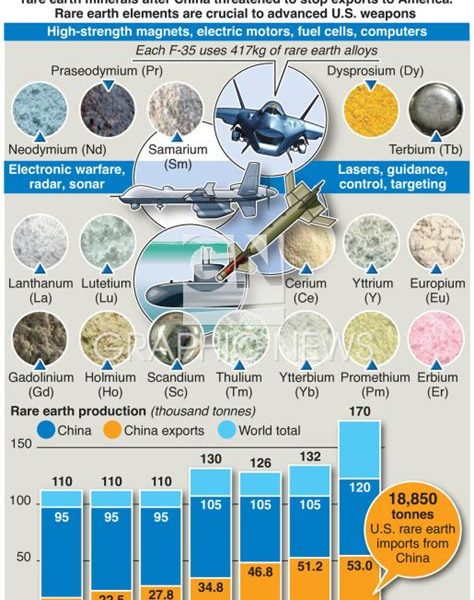Plastic waste is no longer just a pollution problem — it’s a raw material waiting to be redeemed. Novoloop’s upcycled plastic takes a step closer to production, pushing the boundary between prototype and real, usable material. This matters, because plastic is everywhere, and most of it still ends up in landfill or incinerators.
In this article, I’ll walk you through how Novoloop’s technology works, what obstacles remain, and why this move toward production is a real inflection point in sustainable materials.
The plastic paradox we can’t ignore
The shocking reality: we produce hundreds of millions of tons of plastic annually. Yet only a small fraction (often cited ~9 %) gets recycled in any meaningful way. Most recycling today is downcycling — turning plastic into lower-grade materials. That’s useful, but it leaves the high-value uses untapped.
What if we could take dirty, hard-to-recycle plastics and convert them into materials that behave like virgin plastics? That’s the path Novoloop is forging. Their process, called Lifecycling™, is essentially chemical upcycling rather than mechanical recycling.
How Novoloop’s Lifecycling™ works
Here’s the backbone:
- Feedstock collection
Novoloop sources polyethylene waste (bags, films, low-value plastics) that typically can’t be handled economically in conventional recycling streams. - Pre-treatment and preparation
Contaminants are sorted out, plastics are washed, shredded, and prepared for the conversion process. - Accelerated Thermal Oxidative Decomposition (ATOD)
This is their proprietary method: relatively low heat, oxygen, controlled reaction to break long-chain polymers into intermediate building blocks (monomers or close derivatives) rather than fully burning or converting into fuel. - Re-synthesis into high-performance materials
The broken-down materials are then synthesized into thermoplastic polyurethane (TPU) and similar polymers that match or sometimes exceed the performance of virgin plastics.
Because you’re not simply melting plastic but reconstructing it at the molecular level, the result is much closer to “new” quality material — not just recycled plastic with degraded properties.
Milestones: from lab to pilot to production
Novoloop is no longer just in lab mode. Some key developments:
- They’ve broken ground on a pilot plant in India, in partnership with Aether Industries, which mirrors the commercial design and will validate continuous operations.
- They’ve engaged consulting and engineering firms (like Worley) to study a first-of-a-kind (FOAK) commercial-scale plant, evaluating costs, environmental metrics, and technical feasibility.
- Funding rounds: they recently secured $21 million in Series B to push scaling and pilot operations.
- They’ve already produced sample TPU outsoles in collaboration with shoe brand On for their Cloudprime sneaker, validating real-world use.
These are not minor proofs-of-concept — they lay the groundwork for industrial-scale deployment.
Why this step matters
- Proof of scalability: Moving from batch experiments to continuous pilot operations means showing the process can sustain itself, run stably, and meet industrial throughput.
- Cost and emissions viability: A big barrier for chemical recycling has been cost and carbon footprint. Novoloop aims to outperform conventional processes.
- Market credibility: Collaborations with established brands (like On) give confidence to supply chains that this isn’t just science — it can integrate into real products.
- Circular material ecosystem: If they succeed, this helps build a loop where plastic waste becomes feedstock for performance materials — reducing reliance on fossil inputs.
Challenges ahead
That said, there are hurdles:
- Cost pressure: Chemical upcycling must compete with cheap virgin plastics and conventional recycling. Unless scale and optimization come fast, economics will bite.
- Feedstock consistency: Waste plastics vary wildly. Ensuring uniform quality and handling contaminants is hard.
- Regulatory & certification: For many end uses (electronics, medical, automotive), materials must pass certifications — that adds complexity and time.
- Scaling engineering risks: Building a FOAK plant has unknowns — from equipment reliability to process control, safety, yield, etc.
- Market adoption inertia: Many manufacturers remain conservative; changing material sources is a big move.
What “closer to production” really signals
When I say Novoloop’s upcycled plastic is “closer to production,” it means:
- They’re no longer demonstrating in small batches. They’re preparing to run a facility continuously, showing that the tech holds up under industrial conditions.
- They’re securing capital to bridge the valley of death between pilot and full scale.
- They’re winning partners and validation in real consumer goods.
- They’re facing the real-world constraints — cost, logistics, regulation — head-on, rather than in idealized labs.
If they clear these obstacles, their upcycled materials may shift from novelty to norm — the kind of material that shows up in shoes, electronics, cars without any mention of “sustainable special edition.”
What to watch next
- Pilot plant performance reports — yields, downtime, cost per kg
- FOAK plant design and investment announcements
- New brand partnerships using their TPU or similar materials
- Certification approvals and material listings in regulated applications
- Competitors and adjacent upcycling startups, to see where the space is heading
Bottom line
Novoloop’s journey isn’t just about recycling more plastic — it’s about rewriting what “recycled” means. If Novoloop’s upcycled plastic takes a step closer to production, that’s not incremental. It’s a threshold moment.
We might soon see a world where many of the products around us are built not from virgin petrochemicals but from waste streams — elevated, refined, and reborn. And if that happens, we’ll look back and say we started when Novoloop crossed from lab to factory.


